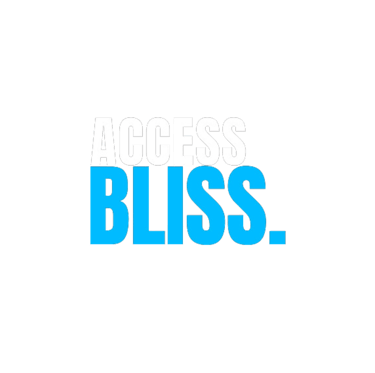Accessibility Audits for Social Media: What We Look For and Why It Matters
An overview of a social media audit at Access Bliss


In a world where connection is increasingly digital, the question isn’t whether your content is accessible—it’s to whom. Every brand wants to expand its reach, build community, and drive engagement. But if your content isn’t accessible, you’re unintentionally excluding millions of people—and likely damaging your brand’s credibility along the way.
At our agency, we specialise in accessible, inclusive digital storytelling. We believe that accessibility isn’t a bolt-on feature—it’s a foundation to creativity. Through our social media accessibility audits, we help brands ensure their content works for everyone, not just the non-disabled majority.
What Is a Social Media Accessibility Audit?
A social media accessibility audit is a structured review of how your content performs in terms of inclusivity, usability, and compliance. It’s about going beyond surface-level aesthetics and asking deeper questions:
Who can see, hear, and engage with your content?
Who is being unintentionally left out?
Are there invisible barriers your team hasn’t noticed?
An audit uncovers gaps and provides actionable feedback so your content doesn’t just look good—it feels welcoming, functions smoothly, and reflects your brand’s commitment to equity.
Why Accessibility Audits Are More Important Than Ever:
The numbers speak for themselves: over 1.3 billion people globally live with some form of disability. This includes visual, auditory, physical, cognitive, and neurodevelopmental conditions. And accessibility features aren’t just for this group—they help everyone:
Captions support those in noisy or quiet environments
Plain language improves understanding for non-native speakers
High-contrast visuals help users in bright sunlight or with aging eyes
Accessible content enhances user experience across the board—and in many regions, it’s also a legal obligation under laws like the Equality Act (UK), ADA (US), and AODA (Canada).
But more than that? Accessibility is about respecting human diversity.
What We Look For in a Social Media Accessibility Audit:
We approach every audit through two lenses: technical standards (like WCAG) and lived experience. Here’s a closer look at the core areas we review:
1. Alt Text & Image Descriptions:
Images are the visual heartbeat of social media—but without descriptions, they’re invisible to many users.
We check that:
Every image includes alt text that describes what’s important and informative
Descriptions are context-aware (e.g., not just “woman smiling,” but “A smiling woman holding a sign that reads: 'Accessibility is Love'”)
Alt text isn’t overloaded with decorative detail or irrelevant information
For screen reader users, alt text is the only way to experience images. If it’s missing or poorly written, you're cutting out a significant portion of your audience.
2. Video & Audio Accessibility:
Video content is booming, but if it’s not accessible, it’s silent to many users.
We look for:
Accurate captions, not just auto-generated ones
Transcripts for audio-only content like podcasts or Instagram voice notes
Clear sound design—minimal background noise, consistent volume, and high audio quality
Captions benefit users with hearing loss, yes—but also people in loud cafes, libraries, or who simply prefer to watch on mute. Accessibility here boosts usability for everyone.
3. Colour Contrast & Visual Design:
Beautiful design means nothing if users can’t see it clearly.
We evaluate:
Text-to-background contrast ratios for readability
Use of colour as a sole indicator (e.g., "Click the red button" excludes colourblind users)
Font choices, sizes, and spacing that respect diverse visual needs
We often recommend accessible colour palettes, font pairings, and layout enhancements. These small tweaks can transform someone’s ability to engage with your content.
4. Content Structure & Neurodivergent Access:
Structure matters—especially for users with ADHD, autism, dyslexia, or other cognitive processing differences.
We assess:
Whether the copy is broken into digestible chunks
If hashtags use CamelCase (e.g., #ThisIsAccessible)
Emoji placement (excessive emojis or ones placed mid-sentence confuse screen readers)
Whether complex ideas are explained in clear, plain English
We also review how your tone, formatting, and pacing affect cognitive load—and offer ways to reduce friction and improve clarity.
5. Interactive Elements & Platform Navigation:
Social media isn’t just consumed—it’s interactive. But only if users can actually engage.
We audit:
Whether polls, buttons, and sliders are accessible via screen readers
If content layouts are keyboard navigable (especially in Instagram carousels or stories)
Whether calls to action are clearly defined and inclusive (e.g., avoiding ableist language like “See more below” when it could be “Learn more”)
An inaccessible poll, quiz, or CTA isn’t just a missed engagement opportunity—it’s a moment of exclusion.
Our Process: From Insight to Implementation
When you book a social media accessibility audit with us, you’re not just getting a checklist—you’re getting a strategic accessibility partner.
Our 5-Step Audit Workflow:
Discovery – We get to know your brand, platforms, and audience goals
Review – We conduct a detailed analysis of your posts, stories, and content style
Report – We deliver a clear, actionable audit report (with screenshots and tool tips)
Recommendations – We offer practical fixes and a style guide for future content
(Optional) Training – We can deliver team workshops to embed accessibility into your workflow
We don’t just point out what’s wrong—we help you transform your content with empathy, confidence, and impact.
Accessibility Is a Brand Value—Not Just a Compliance Task
Being accessible isn’t a niche. It’s not a “special add-on.” It’s a direct reflection of your brand’s values.
Accessible brands:
Build deeper trust and loyalty
Attract wider, more diverse audiences
Future-proof their content against legal or algorithmic changes
Are seen as leaders in equity and innovation
Accessibility isn’t about perfection. It’s about progress. Every step toward inclusion counts—and we’re here to walk that journey with you.
Let’s Make Your Content Accessible, Together:
If you're ready to elevate your brand through accessible content, we’d love to help.
📩 Book a Free Accessibility Discovery Call
Because content should include, not exclude. Let’s build a more connected world—one accessible post at a time.


